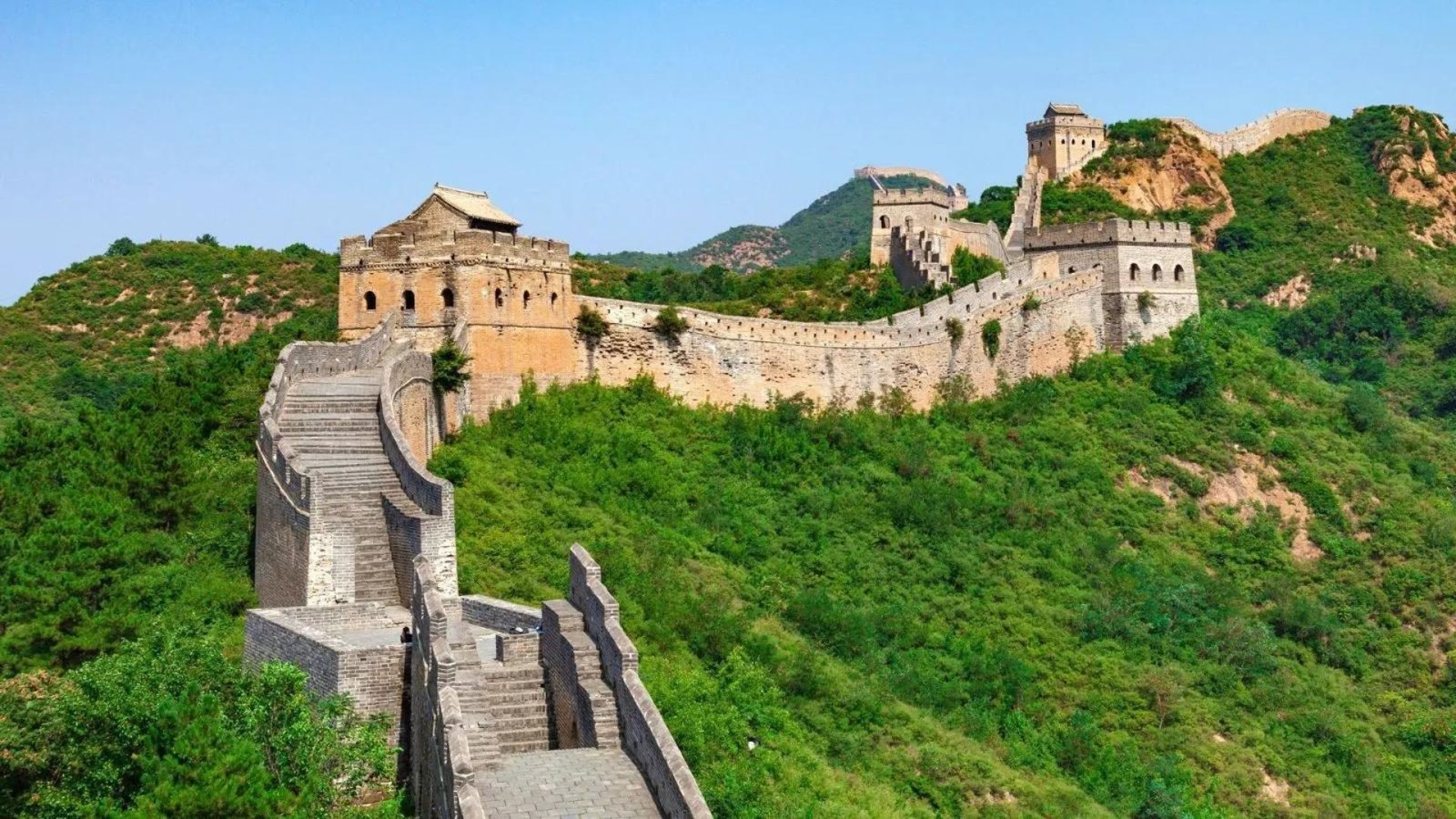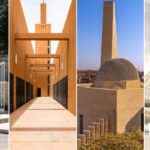Top Architectural Landmarks in Asia
Asia boasts some of the most stunning architectural landmarks in the world, each with its own unique cultural and historical significance. From ancient temples to modern marvels, these structures not only showcase architectural brilliance. But also tell compelling stories of their respective regions. Let’s take a tour through some of the top architectural landmarks across Asia, highlighting their architectural grandeur and cultural importance.
Architectural Landmarks in Asia
The Great Wall of China
The Great Wall of China is an iconic symbol of Chinese civilization and ingenuity. Constructed over centuries, this colossal structure spans thousands of miles across northern China, originally built to protect against invasions. Its massive stone and brick walls, watchtowers, and fortresses stand as a testament to ancient engineering prowess.

Taj Mahal, India
The Taj Mahal, located in Agra, India, is a masterpiece of Mughal architecture and a UNESCO World Heritage Site. Built in the 17th century by Emperor Shah Jahan in memory of his wife Mumtaz Mahal, it is renowned for its white marble mausoleum, intricate carvings, and symmetrical gardens.
Petronas Towers, Malaysia
The Petronas Towers in Kuala Lumpur, Malaysia, are iconic skyscrapers that once held the title of the tallest buildings in the world. They symbolize Malaysia’s economic growth and modern architectural achievement.
The Forbidden City, China
The Forbidden City in Beijing, China, is an immense imperial palace complex that served as the residence of Chinese emperors for over 500 years. With its traditional Chinese architecture, intricate wooden structures, and vast courtyards, it represents the pinnacle of classical Chinese design and served as the political centre of China for centuries.
Angkor Wat, Cambodia
Angkor Wat in Siem Reap, Cambodia, is the largest religious monument in the world and a UNESCO World Heritage Site. Built in the 12th century by the Khmer Empire, it was originally a Hindu temple dedicated to the god Vishnu but later transformed into a Buddhist temple. Its distinctive towers and bas-reliefs depicting Hindu epics and Khmer history make it a marvel of ancient architecture.
Burj Khalifa, UAE
The Burj Khalifa in Dubai, United Arab Emirates, is the tallest building in the world, soaring over 828 meters high. Designed by Adrian Smith of Skidmore, Owings & Merrill, its sleek futuristic design includes observation decks, luxury residences, and offices. The Burj Khalifa is a symbol of Dubai’s ambition and modern architectural innovation.
Tokyo Skytree, Japan
The Tokyo Skytree is a broadcasting and observation tower in Tokyo, Japan, standing at 634 meters tall. Designed by Nikken Sekkei Ltd., it features a striking lattice structure inspired by traditional Japanese architecture. The Skytree offers panoramic views of Tokyo and serves as a cultural and technological landmark in the city.
The Sultan Ahmed Mosque (Blue Mosque), Turkey
The Sultan Ahmed Mosque, known as the Blue Mosque for its blue tiles adorning its interior, is a historic mosque in Istanbul, Turkey. Built in the early 17th century during the reign of Sultan Ahmed I, it is famous for its impressive domes, six minarets, and intricate tilework. The Blue Mosque is a symbol of Ottoman architecture and Islamic artistry.
Marina Bay Sands, Singapore
Marina Bay Sands is an integrated resort in Singapore known for its iconic design featuring three interconnected towers topped by a sky park. Designed by Moshe Safdie, it includes a luxury hotel, convention centre, shopping mall, and the world’s largest rooftop infinity pool. Marina Bay Sands has become a symbol of Singapore’s modernity and innovation in architecture.
Conclusion
From ancient wonders like the Great Wall of China and Angkor Wat to modern marvels such as the Petronas Towers and Burj Khalifa, Asia’s architectural landmarks span centuries and styles. Therefore, reflecting rich cultural heritage and innovative design.



